For seniors who have limited mobility, there are several walking aids that help increase their mobility, keep them staying active yet still have some independence. Some walking aids are small, inexpensive changes such as canes, handrails, and traditional walkers. Other changes may require big purchases or installation measures for safety modifications, like adding a ramp or stairlift to a person’s home. Here are the ten types of walking aids for increased mobility that are most used or purchased, and help seniors or disabled people stay active. The below list is measured by the small changes to greater challenging efforts for increasing a person’s mobility.
1. Walking Canes

For Seniors or people with limited mobility, having a walking aid available on hand can be important. Canes are one of the most simplistic aids for seniors. There are many varieties of canes to choose from. There are different shapes of canes, different styles, and a variety of types of materials that canes can be made from. There are also canes that are foldable so to fit in a purse or small bag. Canes are sometimes called walking sticks. Canes can come with different accessories as well. For instance, some people prefer to change out the basic rubber tip for a self-standing base. There are some walking aids that come with an adjustable comfort grip for those who need more stability. The handle grip can also be changed out to accommodate the preference of the user. The styles of the handles vary by manufacturer; however, one of the most common is the tourist handle. Others may include the knob, Derby, Fritz, Palm grip, or the Offset. No matter your choice, make sure you are comfortable with how it feels to you.
2. Traditional Walkers
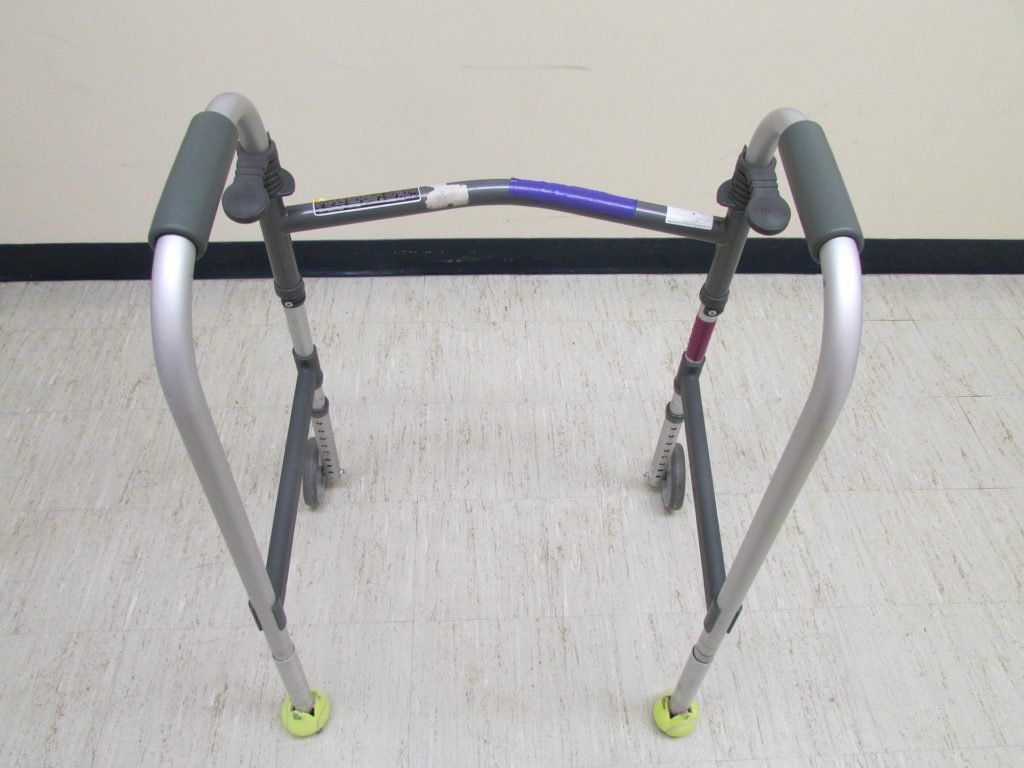
The next type of walking aids is the traditional walker. These are used to provide more security and stability than the cane option. Traditional walkers are very lightweight, made of metal such as aluminum, skid resistant, and come with a dual release folding mechanism for easy storage. There are no wheels on a traditional walker, unless the user requests it from the buyer. The average weight of a walker is only 6.5 lbs. and may have a weight capacity up to 300lbs. Many walkers have different height adjustments to fit petite and tall individuals. The height adjustment ranges are usually between 32″-39″ on the average traditional walker. Some traditional walkers offer secondary handle bars for extra stability when moving from sitting to a standing position. This is useful when moving from commode to sink in the bathroom. Walkers come in many sizes as well. There are also toddler/child walkers for those who may need assistance with walking, such as those with Multiple Sclerosis.
3. Rollators
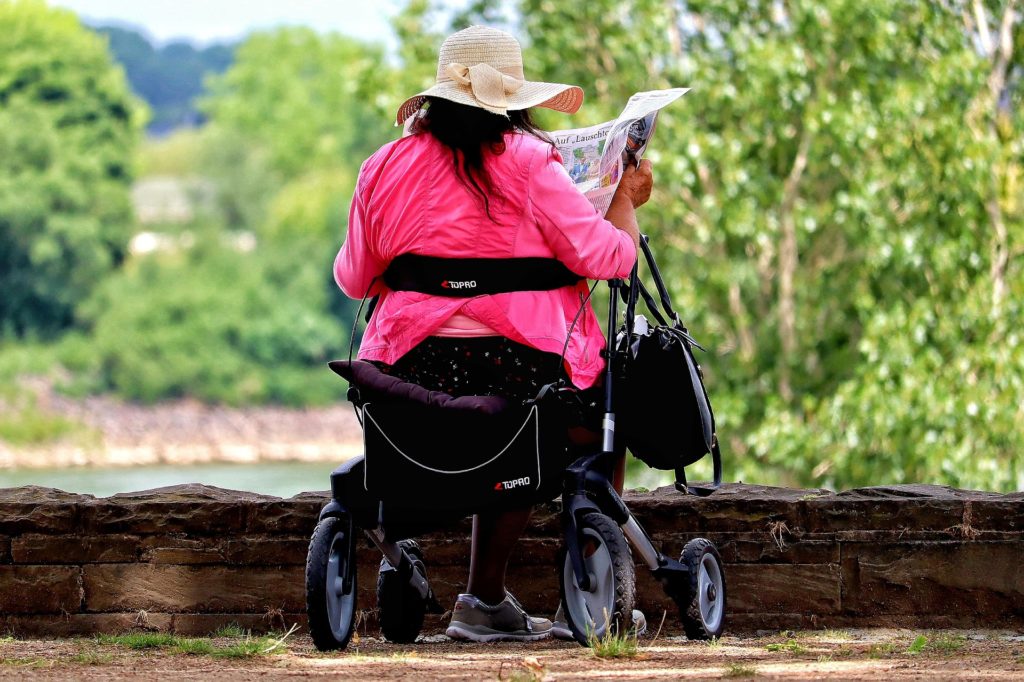
Rollators are the next best item after the use of a traditional walker. Similar to the walker, yet it provides wheels for easy maneuvering compared to the walker. Most types of rollators also provide a seat, allowing the senior or disabled person to rest periodically or during breaks. There are all kinds of rollators. Some come with two wheels, such as the walker, and some with three or four wheels for better stability. Rollators tend to have large caster wheels that help the person turn around more easily. Rollators are used both indoors and outdoors. They provide great support to the back as well, and very durable. Some seniors find the rollator more useful than the walker because it helps seniors be more independent. Many rollators also come in many styles, provide better mobility, and can fit in many compact or midsize vehicles.
4. Knee or Seated Walking Scooters
The knee or seated scooter is one of the best options for a person with an injured foot or ankle. It may also be ideal for patients recovering from a foot, ankle, hip injury, knee injury or illness. Knee scooters offer increased comfort with the ease of mobility for patients who cannot put weight on their foot or ankle, yet want to stay active. Most knee or seated scooters come with four large wheels and a padded knee platform. The knee scooter is perfect for injured patients who need assistance, whether indoors or outdoors. Most knee scooters are equipped with an easy folding mechanism that collapses when using a thumb release lever. Other uses for the knee or seated scooter is for people with diabetic foot or toe ulcers, neuromuscular problems or stroke, and arthritic conditions. The knee scooter is considered a pain-free alternative to crutches, and is easy to use. Some types of knee scooters provide universal sizing; however there are some that come with adjustable height sizes for either petite or tall patients.
5. Wheelchairs (electric and manual)
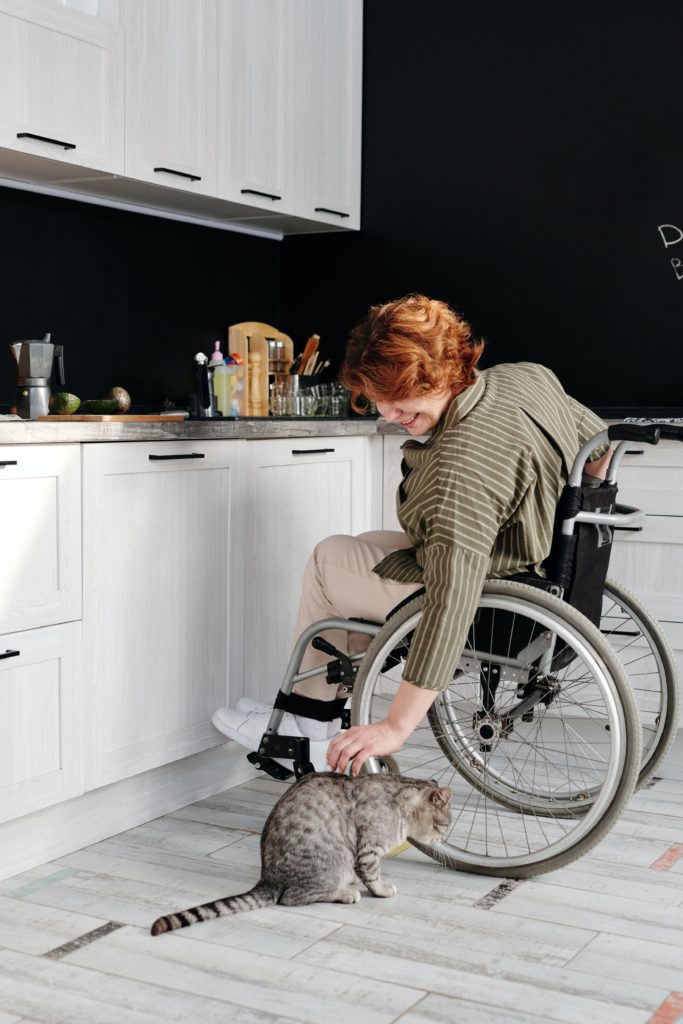
Wheelchairs are used as one of the most useful ways for seniors with limited mobility to get around. There are two common types of wheelchairs, a manual and an electric wheelchair. Some wheelchairs are made of lightweight material and foldable, making it easy to transport from storage to vehicle. Other types of wheelchairs are power wheelchairs, which help seniors or people with limited mobility take on steep inclines and hills with ease. Power wheelchairs, known as electric wheelchairs are lightweight and fold down to make traveling easier. Many electric wheelchairs offer a battery backup system, allowing the senior with several hours of a charge before running out of power. There are different types of power wheelchairs; yet most can allow the recipient to navigate using only one finger. The average speed of an electric wheelchair is four miles per hour. Weight capacity ranges from 250 to 300 pounds.
6. Mobility Scooters
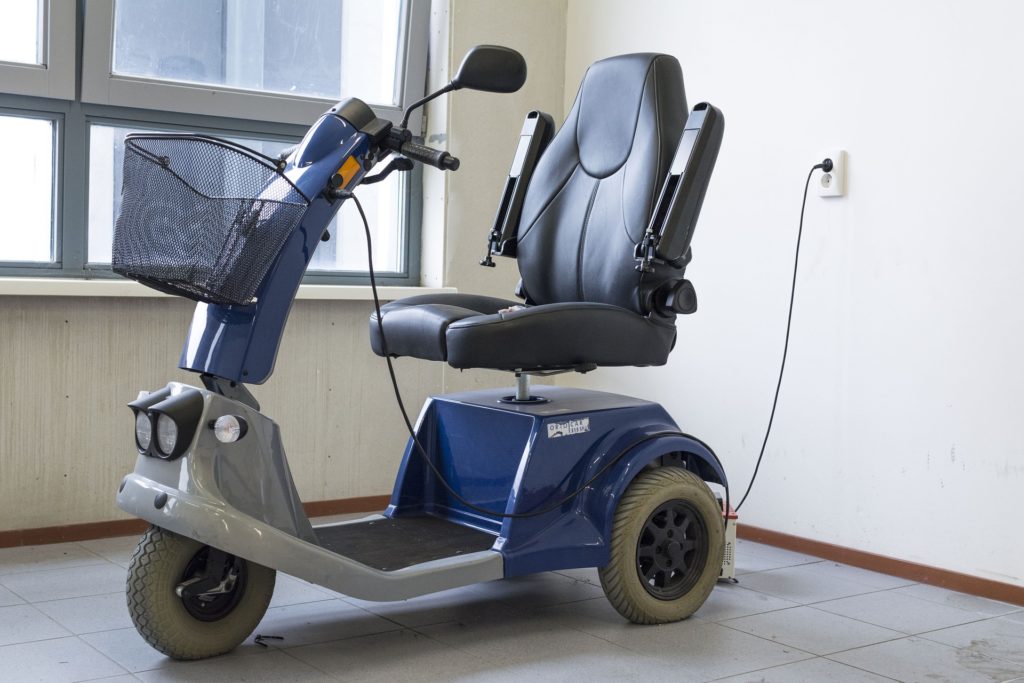
Mobility scooters are a great way to stay active and keep your independence. Mobility scooters come in many types of varieties. Some provide three wheels while others have four wheels. Most three-wheel scooters have better turning radius; however, 4-wheel models may have better stability. Most scooters are easily available for both indoor and outdoor use. They are often durable, compact, and comfortable to use. Whether you need one to explore the outdoors or just help around the house, mobility scooters will fit the needs of whoever is using it. Some mobility scooters are also foldable, as a better traveling device. There are mobility scooters that are lightweight and easy to transport, and those that are heavy duty scooters, designed for overweight or obese individuals. Heavy duty scooters tend to hold up to 500 pounds. There are large models providing high ground clearance, big or large tires, and wider seats, making it a great choice for off-road or rugged terrain. Some may also go as fast as 15 mph. The price for mobility scooters varies on the style and model.
7. Handrails
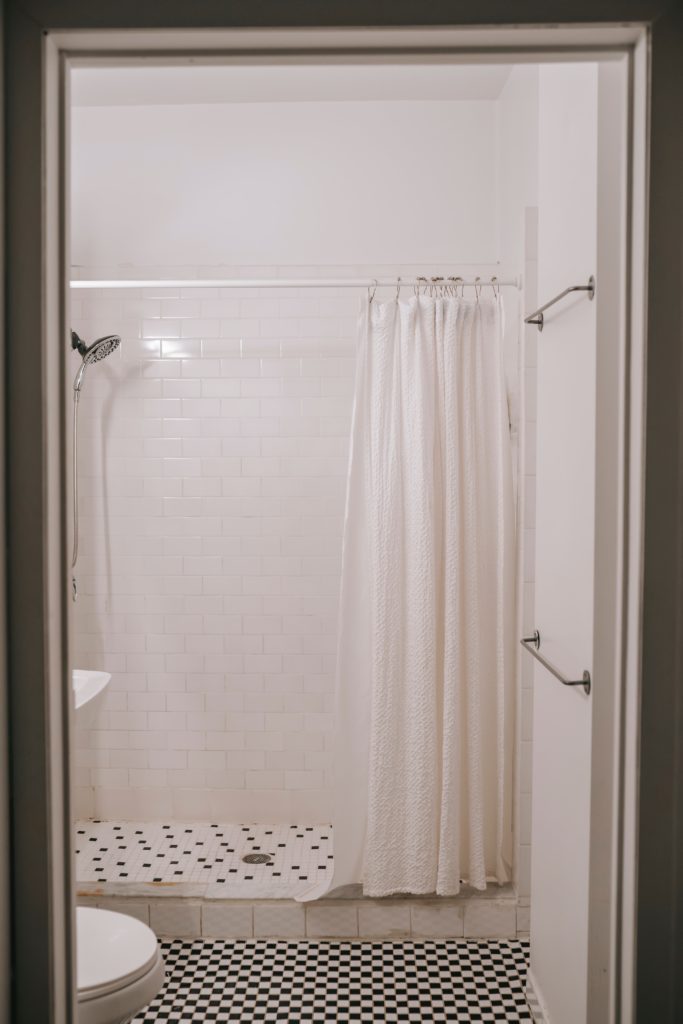
Adding handrails to a home is a simple way to help seniors or disabled individuals to help them stay mobile in their own homes. Handrails are often placed in bathrooms, yet they may also be installed around the house or even on the outside of the home where a ramp has been installed. They are designed for the person to grasp onto while either ascending or descending staircases or ramps, or getting in and out of showers to prevent falls or injuries. Most handrails are installed between 34 and 38 inches above the walking or ramp surface. However, child handrails usually do not go beyond 28 inches. Handrails can be made from many types of material. For bathroom installs, they are often made of aluminum or stainless steel to prevent rust. Rails on inside staircases are often wood, and outside rails may be wood or medal.
8. Ramps (foldable or fixed)

Handicap ramps are used for helping people in wheelchairs get to places where they normally would not be able to physically reach without an elevator, such as a second story apartment or upper levels of a building facility. Most ramps can be made of metal or concrete. Depending how it is being used, some ramps are foldable or adjustable, like the ones found in vehicles. Many ramps do provide handrails along with the ramp, for disabled individuals who still have the use of their lower extremities yet need some assistance with walking. The incline on the ramps and the weight limit may vary as well. Small, foldable ramps may be used in only cars or transportation vehicles. Fixed ramps are usually found on sides of buildings, in parks, or houses. Ramps inside of a home may be useful when the foundation is uneven or there are small dips in the flooring. These types of ramps are often made of durable, lightweight foam.
9. Stair Lift
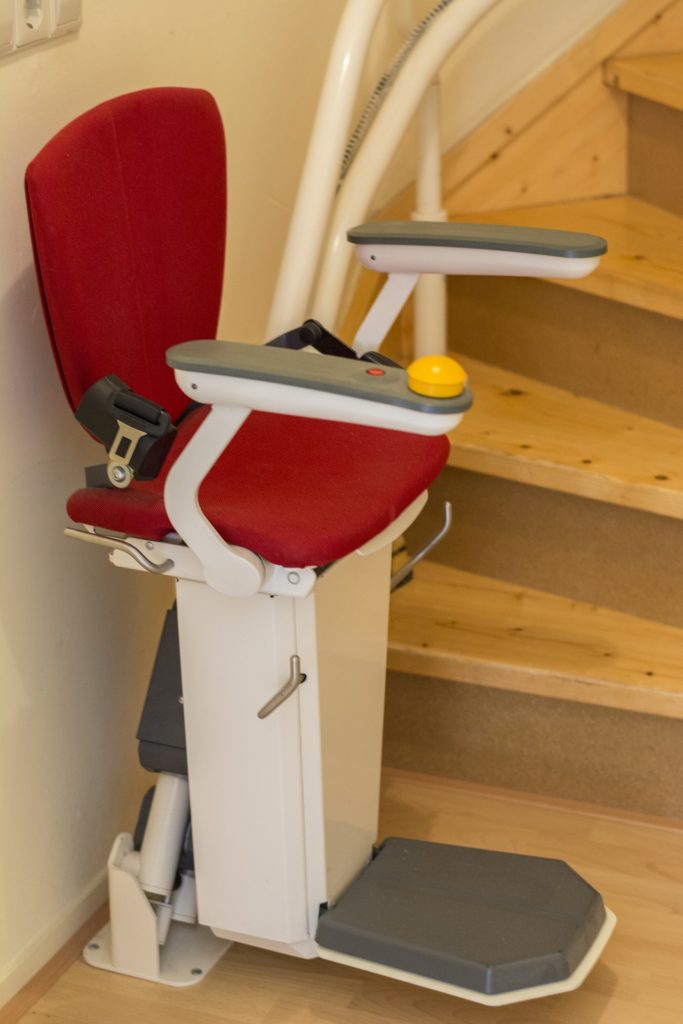
A stair lift is usually a good substitute for an elevator. Stair lifts come with a seatbelt to help prevent falls, a padded seat for comfort, and a footrest, used to help the senior or disabled individual relax while ascending or descending. The average stair lift can cost as much as two thousand or more. Some stair lifts offer powered seats that swivel as it goes up the staircase. This makes turning in the chair to face the top landing easier. Many stairlifts are made in the USA and come with at least 15 feet of track along the wall. Foldable arm rems are usually added to assist the senior when getting in and out of the chair. Most stair lifts can hold up to 300 pounds yet there are some that are made for more weight capacity. The seat on chair lifts also tend to come with a wireless remote. Whether the chair lift is for outdoors or indoor use, it is a good way for seniors or others who have physical disabilities to make life a little easier.
Top Stair Lift brands
Here is some information on stairlifts that may be useful when purchasing. Prices may be subject to changes.
Bruno– comes in Straight, Curved and Outdoor models. Price ranges are between $3,200 to $5,200.
AmeriGlide– Straight, Curved & Outdoor models available. Prices between $1,700 to $2,100.
Lifeway Mobility– models available- Straight, Curved & Outdoor, average pricing between $2,200 to $6,000.
Stannah– Straight, Curved & Outdoor models, pricing between $3,000 to $5,700.
Ascent– models range from Straight, Curved or Outdoor stair lifts. Prices- $2,200 to $4,000.
Handicare– Straight, Curved & Outdoor models. pricing between $2,600 to $3,700.
10. Trike
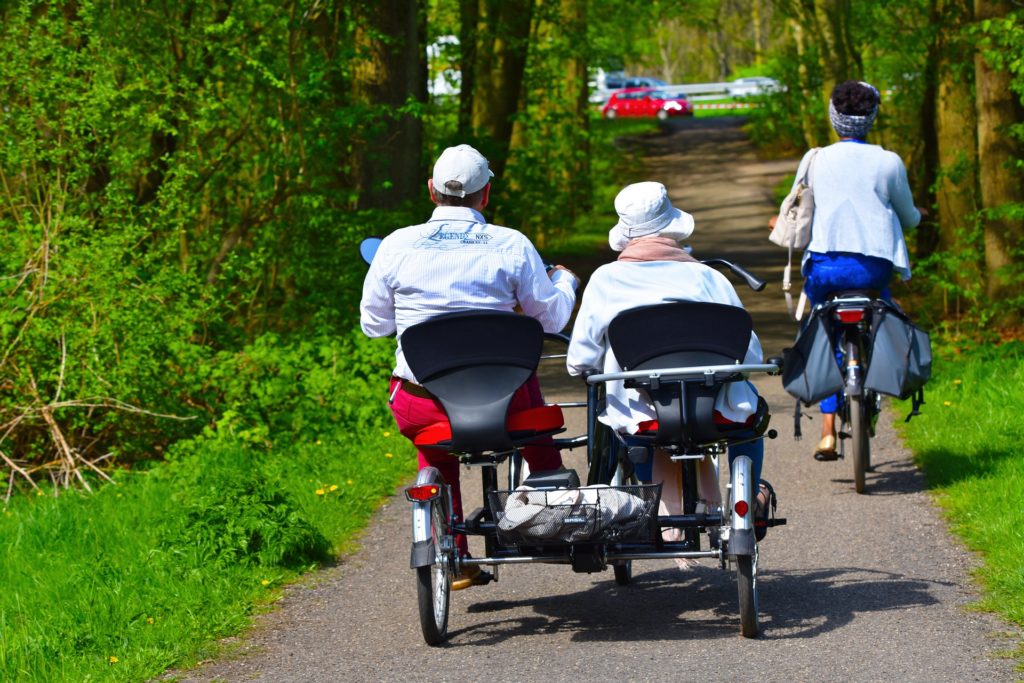
There is a huge variety of trikes for seniors. Many of the trikes available are senior-friendly and affordable to the average person. Some are similar to a motorcycle with three wheels. There are also some that look like tricycles with a small basket attached to it. Seniors can also find trikes you sit upright in, or trikes that you lay in, such as a recumbent exercise bike. Whatever the person chooses, the bottom line, it comes with three wheels and provides the senior with a great way to stay active. Many trikes offer a wider seat for extra comfort compared to a normal bicycle. Other trikes may offer two seats, allowing for a couple to take a ride together. There are some trikes that give the senior an option to use it manually, or switch to a battery-operated tricycle in order to give their feet a rest. There are also many types and styles of trikes. Most trikes come with at least a limited warranty, yet there are some that provide a lifetime guarantee.
For all the above walking aids, handicap assistance helps, or safety modifications that are mentioned in this article, each one provides the senior a way to stay as physically active as possible, whether at home or on vacation. Most small changes are done without much effort and can be quite affordable. However, some may require more assistance and commitment with family members or loved ones to help along the senior or disabled individuals increase their mobility for the long haul. The future of new technology for those who have limited mobility is continually increasing. These ten walking aids will be helpful for anyone who needs to keep their body active and physically moving.